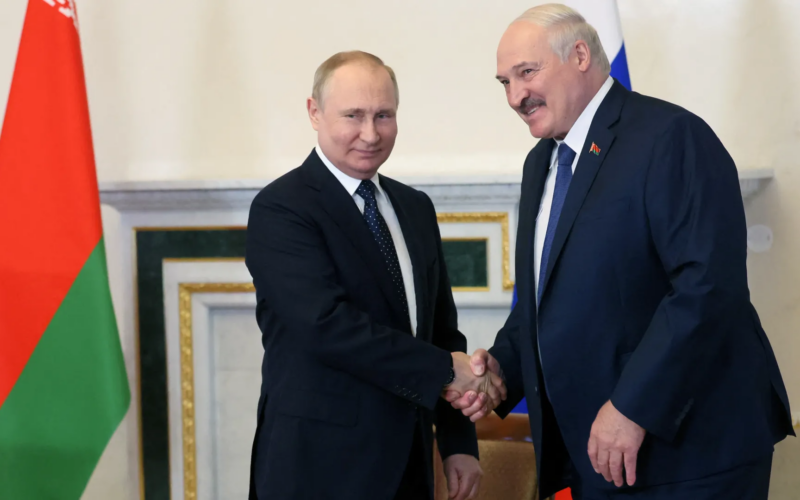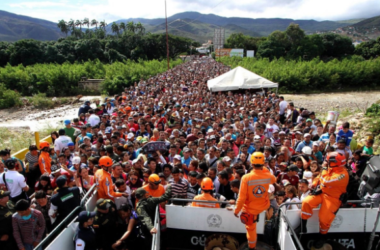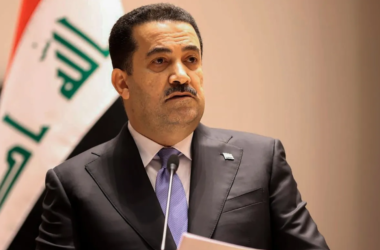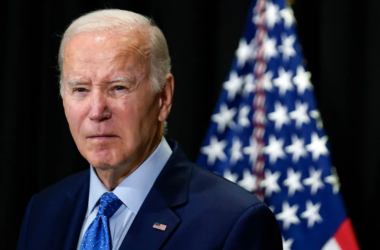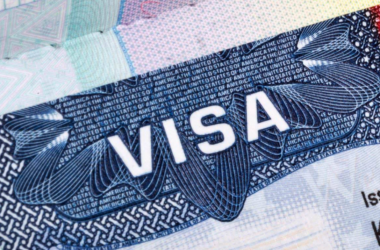Belarus has announced its participation in the second phase of Russian exercises to practice the deployment of tactical nuclear weapons, part of a strategy by President Vladimir Putin to bolster readiness and signal deterrence to the West amid the Ukraine conflict.
Belarus is actively engaging in the second stage of Russian-led exercises to practice deploying tactical nuclear weapons, according to a statement on Monday by Belarusian Defense Minister Lieutenant General Viktor Khrenin. This follows the initial phase of the drills, which took place last month in southern Russia, that can be interpreted as a message from Putin aimed at deterring Western intervention in Ukraine.
Khrenin described the exercises as a proactive measure to enhance the readiness to use “retaliatory weapons” in response to any potential threats to Belarus and the Union State between Russia and Belarus.
“Now, more than ever before, we are determined to respond to any threats posed to both our country and the Union State,” Khrenin emphasized. He did not disclose the specific locations or the types of weapons involved in the drills. Belarus borders three NATO countries: Poland, Lithuania, and Latvia.
Khrenin stressed that the exercises are not intended to create regional security tensions or project military threats toward other nations. “We are a peaceful state, we do not threaten or seek confrontation with anyone, but we will keep our powder dry!” he said.
The announcement aligns with a statement from Putin and Belarusian leader Alexander Lukashenko last year, indicating that Russia would move some tactical nuclear weapons to Belarus. These weapons are designed for battlefield use rather than long-range strategic strikes.
Since the beginning of the conflict in Ukraine, Russia’s interest in tactical nuclear weapons has seemingly increased, given the challenges faced by its conventional forces. The potential use of such weapons could deliver a substantial shock without necessarily leading to full-scale nuclear war, though it risks escalating tensions significantly.
There was no immediate response from Russia regarding the latest phase of the exercises with Belarus. However, Moscow had previously indicated that the exercises would take place. The first phase, conducted last month in the Akhtubinsk region of southern Russia, involved the use of Iskander and Kinzhal missiles, as confirmed by geolocation reports.
Russia’s foreign ministry had expressed hopes that these exercises would temper aggressive rhetoric in Western capitals following comments from French President Emmanuel Macron about the possibility of sending European troops to Ukraine and British Foreign Secretary David Cameron’s support for Kyiv’s use of British-supplied weapons against targets inside Russia.
As the situation continues to evolve, the participation of Belarus in these exercises underscores the heightened state of readiness and the strategic positioning within the region amidst ongoing conflicts and geopolitical tensions.




